Chak Chak Pilgrimage Site | A Cultural Gem in Central Iran
Chak Chak is a pilgrimage site located in the central desert region of Iran, near the city of Ardakan.
The site is considered to be one of the most important places of worship for Zoroastrians, who make up a small minority in Iran. The history of Chak Chak dates back to ancient times, and it has been a place of pilgrimage for Zoroastrians for centuries.
History of Chak Chak Pilgrimage
According to legend, Chak Chak was the site where Nikbanou, the daughter of the last Zoroastrian king, sought refuge from Arab invaders in the 7th century. She prayed for help and miraculously, a spring appeared from the rocks and saved her life. Since then, Chak Chak has been considered a sacred place by Zoroastrians and has become an important pilgrimage site.
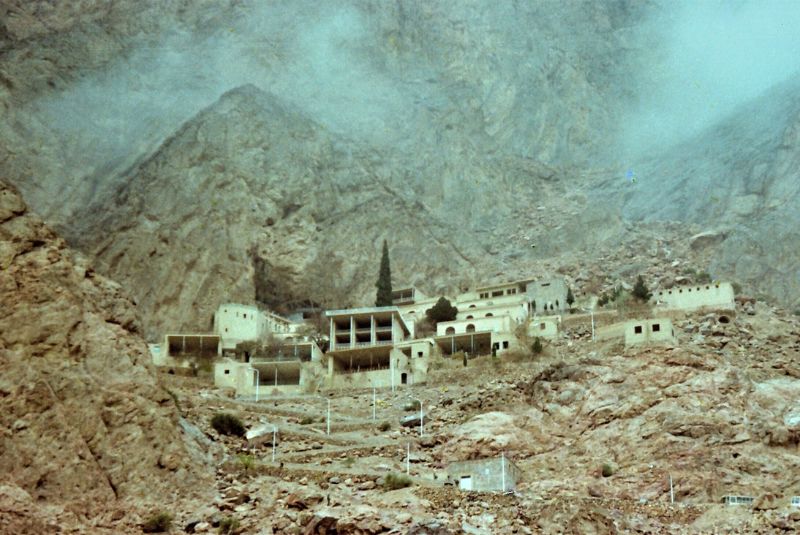
The name "Chak Chak" comes from the sound of water dripping from the rocks at the site. The spring that saved Nikbanou's life still flows today and is believed to have healing powers. Pilgrims come from all over Iran and other parts of the world to visit this holy site.
The importance of Chak Chak to Zoroastrianism cannot be overstated. It is one of only a few remaining places where Zoroastrians can practice their religion freely in Iran. The religion was once widespread in Persia but declined after Islam became dominant in the region. Today, there are only around 25,000 Zoroastrians left in Iran.
Despite its remote location and difficult terrain, Chak Chak continues to attract thousands of pilgrims every year. They come to pray at the shrine and seek blessings from Nikbanou's spirit. The annual pilgrimage takes place during June or July and lasts for several days.
| Suggestion: Persian Garden | A Piece of Paradise in Iran
Chak Chak Location and Accessibility
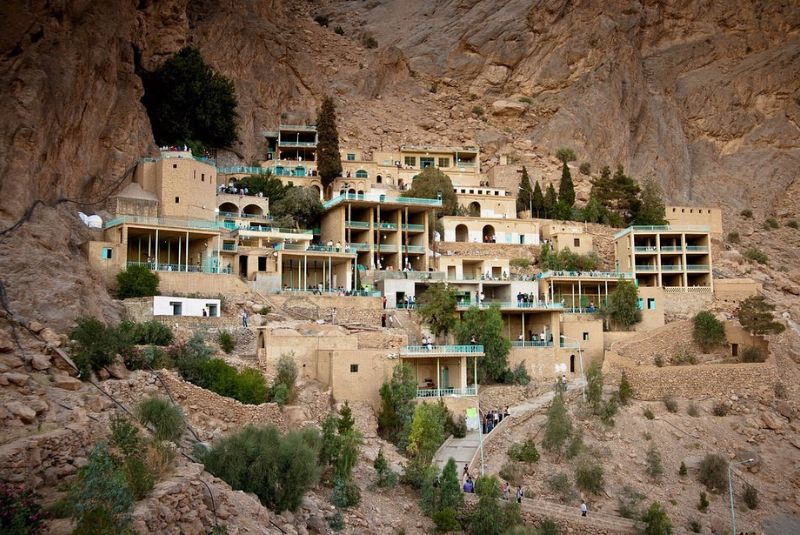
Chak Chak Pilgrimage Site is located in the heart of the desert in Yazd Province, Iran. The site is situated on a rocky mountain, surrounded by a vast expanse of arid land. The geographical location of Chak Chak is unique and awe-inspiring, making it one of the most sought-after pilgrimage sites in Iran.
Despite its remote location, Chak Chak is accessible through various modes of transportation. Visitors can reach the site by car or bus from Yazd City, which is approximately 90 kilometers away. The journey takes around an hour and a half and offers stunning views of the desert landscape.
Significance to Zoroastrianism
Explanation of the Legend Behind the Site
The legend behind the Chak Chak Pilgrimage Site tells of Nikbanou's miraculous escape from her pursuers. As she climbed up the mountain, she prayed for a safe haven where she could continue to practice her Zoroastrian faith in peace. Suddenly, a crack appeared in the rock's face and water began to flow from it. Nikbanou followed the stream and found herself in a cave where she was able to take refuge.
It is said that Nikbanou lived out the rest of her days in this cave, sustained by the water that flowed from the crack in the rock. The site has since become a place of pilgrimage for Zoroastrians who come from all over Iran and beyond to pay their respects to Nikbanou and offer prayers at her shrine.

Rituals and Customs Observed by Zoroastrians During Pilgrimage
Zoroastrianism is one of the oldest religions in the world, and its followers have a deep reverence for nature and the elements. The Chak Chak Pilgrimage Site is a sacred place for Zoroastrians, and it is believed to be the spot where the daughter of the last Zoroastrian king sought refuge from Arab invaders. The rituals and customs observed by Zoroastrians during pilgrimage to this site are steeped in tradition and symbolism.
One of the most important rituals observed by Zoroastrians during pilgrimage to Chak Chak is the tying of sacred threads or "Kushti" around their waists. This ritual symbolizes their commitment to their faith and reminds them of their duty to live a righteous life. The Kusti is made of wool, which represents purity, and it is tied in a specific way that involves reciting prayers.
Zoroastrians also observe strict rules regarding cleanliness during pilgrimage to Chak Chak. They must bathe before entering the shrine, remove their shoes, and cover their heads with white scarves or caps. This emphasis on cleanliness reflects their belief in purity as an essential aspect of spiritual life.
Finally, Zoroastrians observe a tradition known as ”navjote" (Sedreh Pushi) or initiation ceremony at Chak Chak. This ceremony involves young people being initiated into the faith by receiving a sacred thread or Kushti, which marks their entry into adulthood within the community.
Chak Chak Architectural Features
The Chak Chak Pilgrimage Site is a stunning temple located in the heart of the desert in Iran. The temple's structure and design are truly remarkable, with its unique features making it stand out from other temples around the world. The temple is built into a natural cave, which adds to its mystical and spiritual atmosphere. The cave's walls are adorned with intricate carvings and paintings that depict scenes from ancient Persian mythology.
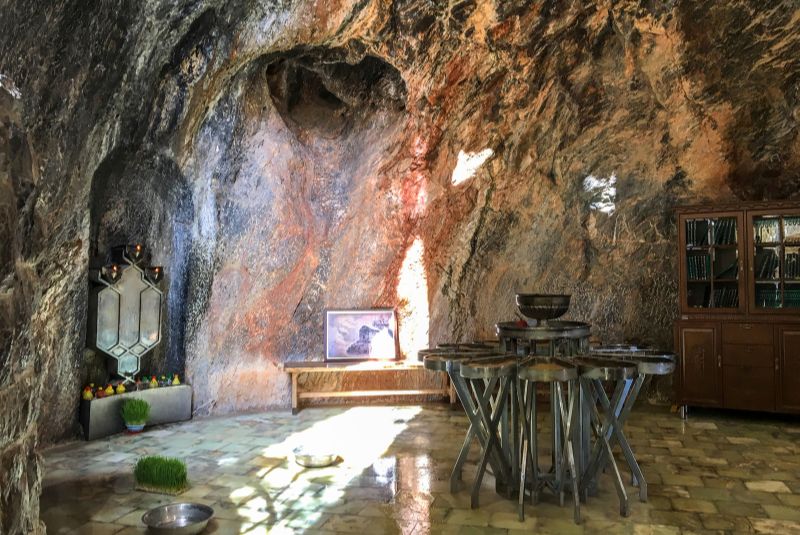
One of the most striking features of the Chak Chak Pilgrimage Site is its dome-shaped roof, which is made entirely of stone. The roof's design is both beautiful and functional, as it allows for natural light to filter into the temple while also providing protection from the harsh desert sun. The dome's shape also helps to regulate the temperature inside the temple, keeping it cool during the hot summer months.
Another unique feature of the Chak Chak Pilgrimage Site is its water source. A natural spring flows through the temple, providing fresh water for pilgrims to drink and bathe in. This water source has been revered for centuries as a symbol of purity and renewal, adding to the spiritual significance of the site.
The temple's interior is equally impressive, with intricate mosaics covering its walls and floors. These mosaics depict scenes from Persian history and mythology, adding to the site's cultural significance. The temple also houses several shrines dedicated to important figures in Persian history, including Zoroaster and Cyrus the Great.
Cultural Experience for Tourists
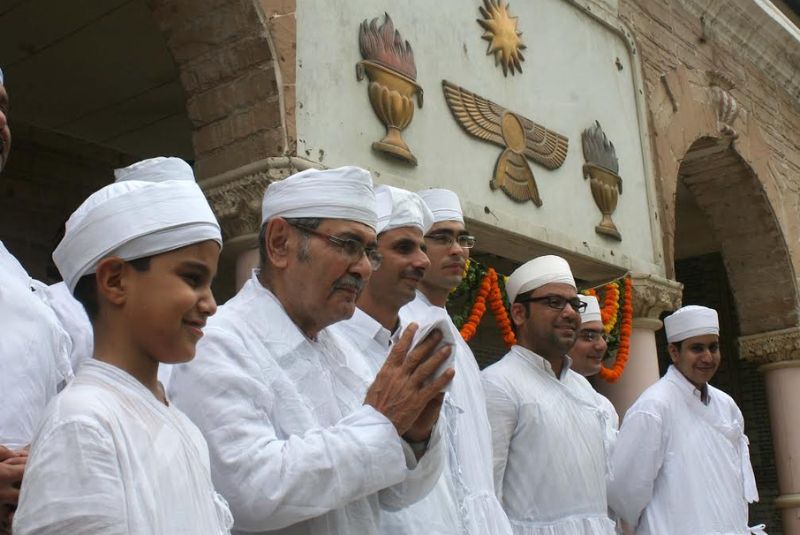
Opportunity to Learn about Zoroastrianism
Zoroastrianism is one of the oldest religions in the world, and it has a rich history and culture that is still celebrated today. For tourists who are interested in learning more about this fascinating religion, the Chak Chak Pilgrimage Site offers a unique opportunity to experience Zoroastrianism firsthand. Visitors can learn about the religion's beliefs, practices, and traditions by exploring the site's many temples, shrines, and monuments.
One of the most interesting aspects of Zoroastrianism is its emphasis on fire worship. At Chak Chak, tourists can witness this practice firsthand by visiting the site's main temple, which houses a sacred flame that has been burning for centuries. Visitors can also learn about other important Zoroastrian rituals and customs, such as prayer, purification, and charity.
In addition to its religious significance, Chak Chak is also an important cultural center for Zoroastrians from around the world. Tourists can meet with local community members to learn more about their way of life and participate in cultural events such as music performances and traditional dances. They can also sample local cuisine and purchase handmade crafts and souvenirs.
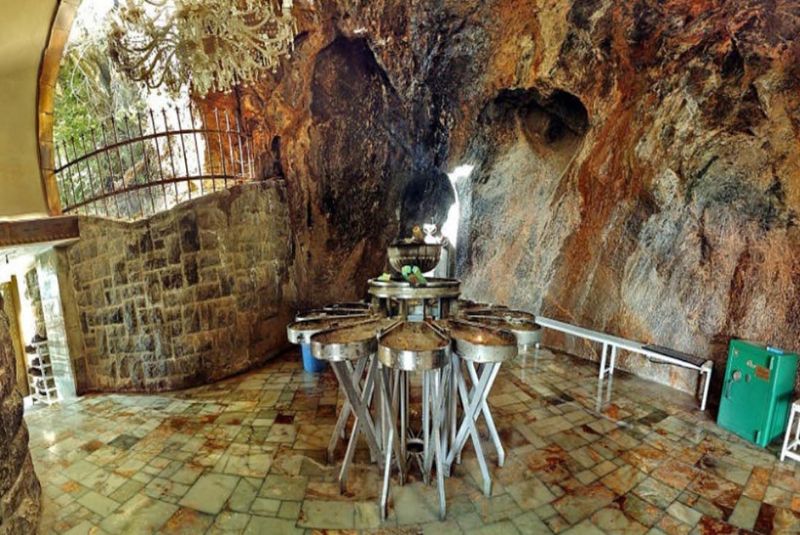
Local Festivals and Events
The Chak Chak Pilgrimage Site is not only a place of religious significance but also a hub of cultural festivities. Every year, thousands of tourists and locals flock to this site to witness the grandeur of the annual Zoroastrian festival, which takes place in June. The festival features traditional music, dance performances, and colorful processions that showcase the rich cultural heritage of Iran.
Another popular event at Chak Chak is the Nowruz Festival, which marks the Persian New Year in March. This festival is a time for families and friends to come together and celebrate with traditional food, music, and dance performances.
For those interested in history and archaeology, there are also several educational events held at Chak Chak throughout the year. These events include lectures by experts on Zoroastrianism and tours of nearby archaeological sites.
Accommodation and Dining Options
If you're planning a visit to the Chak Chak Pilgrimage Site, you'll want to make sure you have comfortable accommodations nearby. Fortunately, there are several hotels and guesthouses in the area that offer comfortable rooms and convenient amenities. One popular option is the Hotel Dad, which is located in Yazd. This hotel offers spacious rooms with modern amenities like air conditioning and free Wi-Fi, as well as an on-site restaurant serving traditional cuisines.
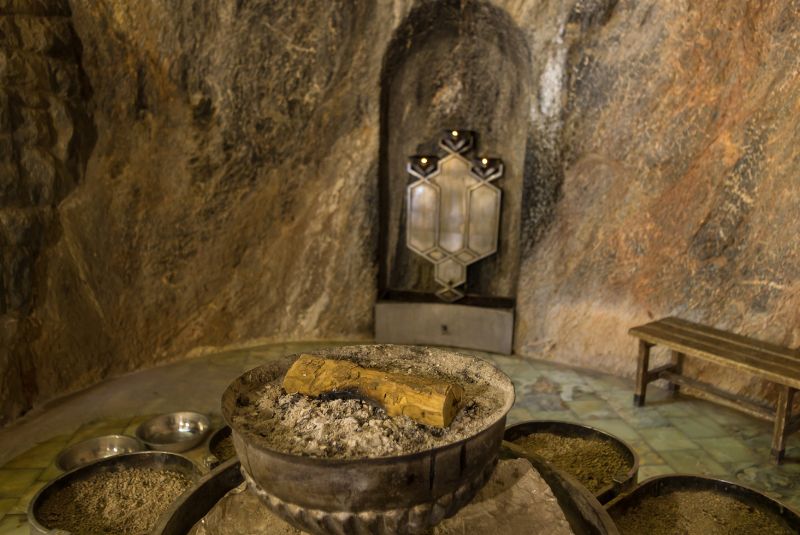
If you're looking for a more budget-friendly option, consider staying at one of the many guesthouses in the area. These smaller accommodations offer cozy rooms and a more intimate atmosphere, making them perfect for travelers who want to experience local hospitality. Some popular guesthouses are located in Yazd and Ardakan.
When it comes to dining options near the Chak Chak Pilgrimage Site, there are plenty of delicious traditional dishes to try. One must-try dish is Siro – a sweet pastry made from dough balls that are fried and then covered in sugar.
No matter what your tastes or budget may be, there are plenty of great accommodations and dining options available in the cities near the Chak Chak Pilgrimage Site. So why not plan your trip today?
Finally!
If you are looking for a unique cultural experience that combines history, spirituality, and natural beauty, then look no further than Chak Chak Pilgrimage Site. This sacred site offers visitors an opportunity to connect with one of the world's oldest religions while also immersing themselves in the stunning natural landscape of Iran's Dasht-e Kavir desert. So why not plan your visit today and discover all that this incredible destination has to offer?


Comment
Leave a Comment